FANUC A06B-6151-H075
Power Rating:500W
Operating Voltage:AC 220V
Output Current:5A
Communication Protocol:RS-232C
Protection Class:IP54
Temperature Range:-10°C to +40°C
The FANUC A06B-6151-H075 Spindle Amplifier Module boasts advanced technology designed to optimize spindle motor performance, ensuring smooth and precise operation in various industrial settings. This module is renowned for its ability to handle high-speed applications with exceptional accuracy, making it an ideal choice for demanding manufacturing environments.
Featuring state-of-the-art control protocols such as FSSB and FIP, this amplifier ensures reliable communication and data transmission, enhancing system stability and efficiency. Its compact design not only saves space on the factory floor but also facilitates easy integration into existing machinery.
Crafted from high-grade materials, the A06B-6151-H075 is built to withstand the rigors of industrial use, delivering consistent performance over long periods. It supports a wide range of output powers, allowing it to cater to diverse industrial needs without compromising on speed or precision.
The module’s intelligent design incorporates advanced algorithms for dynamic load balancing, ensuring optimal performance even under varying workloads. Its ability to adapt to different spindle speeds makes it suitable for both heavy-duty and fine-tuning tasks, providing unparalleled versatility in production lines.
With a focus on safety and reliability, the FANUC A06B-6151-H075 is equipped with robust protective features and adheres to international standards, including ISO 9001 and CE certification. These certifications guarantee compliance with quality management systems and safety regulations, ensuring peace of mind for users across industries.

First hand source, affordable price. Spot inventory!
•Shipping Port: Xiamen
•Ship to you via Fedex/DHL/TNT/UPS/EMS
•Package: Original packing with cartons
Our Main Brand✨
ABB, GE, Allen Bradley, Honeywell, Emerson, Bently Nevada, Prosoft, Siemens, Westinghouse, Triconex, Foxboro, ICS Triplex, Hima, Schneider, Yokogawa, Woodward, B&R, KEBA, etc
Rockwell: Allen-Bradley
1) ControlLogix 1756 series controller
2) CompactLogix 1769 series controller
3) SLC 500 1747 1746 Series Controller
4) PLC-5 1771 1785 series controller5)
5)ProSoft :MVI69/PS69/MVI56/MVI94/MVI71/MVI46/31506)
6)ICS TRIPLEX trusted system
ABB:
1) AC800M series controller I/O module
2) AC800F series controller module
3) AC31 series controller module
4) 800xA series modules
5) Bailey INFI 90 module
6) DSQC robot module spare parts
7) Advant OCS system spare parts
8) H&B Freelance
Bentley Nevada :
1) Bently 3500 Monitoring system
2) Bently 3300 Monitoring system
Schneider:
Quantum 140 series :Modicon M340
Modicon Premium :CPU Processor Module,Communication module,etc
Emerson:
1) Ovation System DCS Card
2) DeltaV system Dual Channel Redundancy Safety System, Redundancy Controller
General Electric:
1) IS200/DS200 series Excitation system card
2)IC693/IC695/IC697/IC698/IC200/IC660/IC670 CPU module,Communication module, Analog Digital module
What is a DCS?
A Distributed Control System (DCS) is a sophisticated, computer-based control system designed to automate, monitor, and manage complex industrial processes. It is widely used in large-scale industrial facilities such as refineries, power plants, chemical plants, and paper mills, where precision, reliability, and scalability are critical.
How Does a DCS Work?
A DCS is composed of several interconnected components that work seamlessly to ensure efficient process control. Here’s a breakdown of its key elements:
- Controllers:
These are the “brains” of the system. Controllers receive data from sensors, process it using pre-programmed logic, and send output signals to actuators to maintain optimal process conditions. - Sensors:
Sensors act as the “eyes and ears” of the system, measuring critical physical parameters such as temperature, pressure, flow rate, and level. This real-time data is essential for accurate control. - Actuators:
Actuators are the “muscles” of the system. They execute physical actions based on controller commands, such as opening/closing valves, starting/stopping motors, or adjusting dampers. - Operator Stations:
These serve as the human-machine interface (HMI), allowing operators to monitor the process, adjust setpoints, and troubleshoot issues. Modern DCS systems often feature intuitive graphical interfaces for ease of use. - Communication Network:
The backbone of the DCS, this network connects all components, enabling seamless data exchange and coordination. It ensures that every part of the system works in harmony, even across large industrial sites.
Why is a DCS Important?
- Centralized Control with Distributed Execution: A DCS allows for centralized monitoring while distributing control functions across multiple controllers, reducing the risk of system-wide failures.
- Scalability: It can easily expand to accommodate growing operational needs.
- Reliability: Redundant systems and fail-safes ensure continuous operation, even in critical environments.
- Efficiency: Optimizes processes, reduces waste, and improves overall productivity.

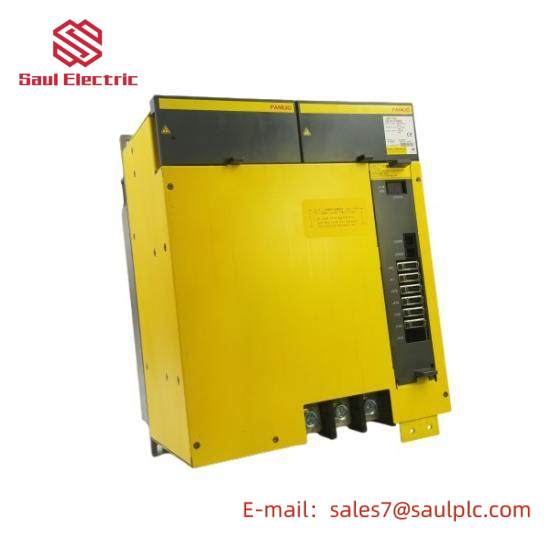
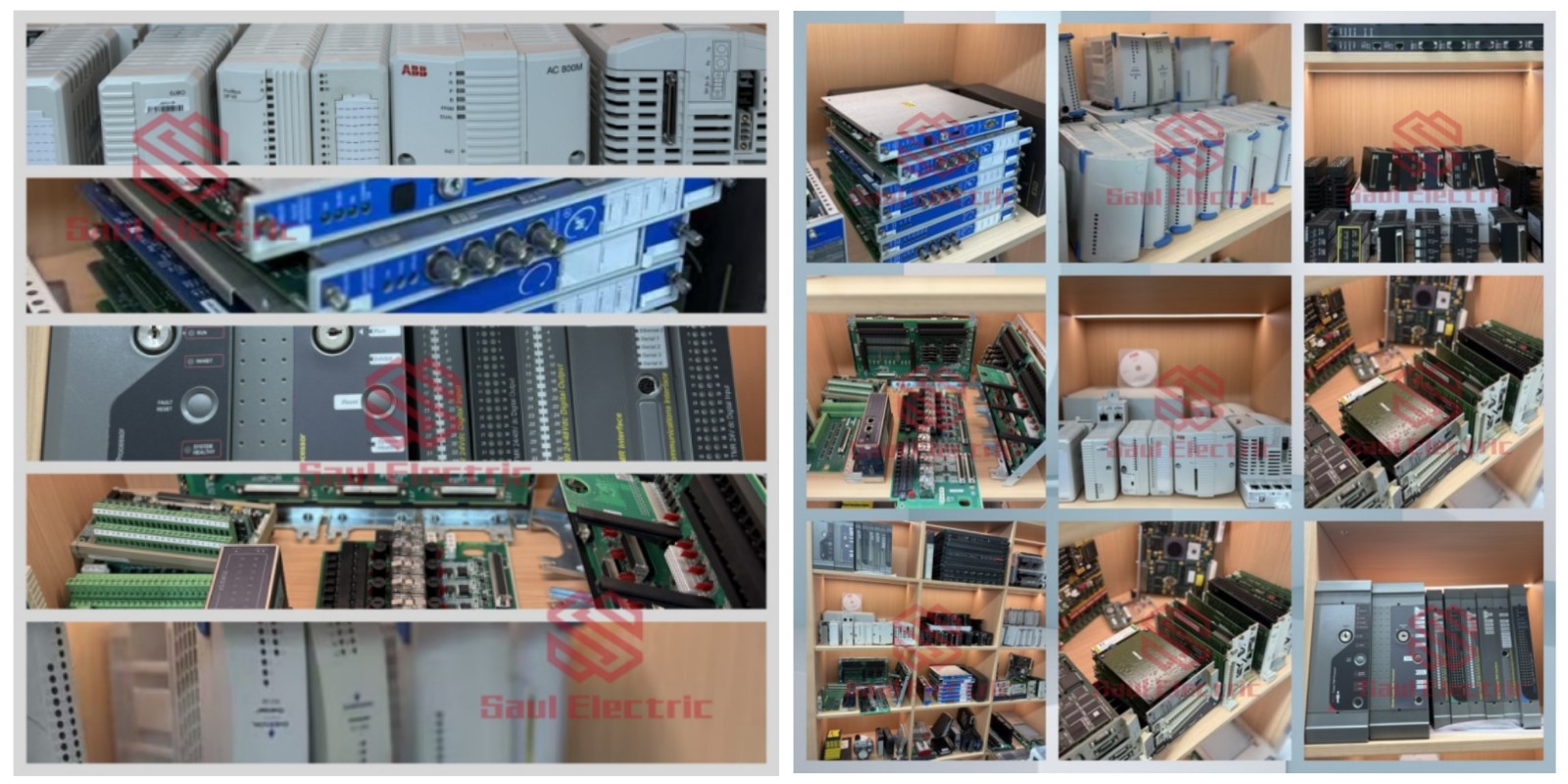

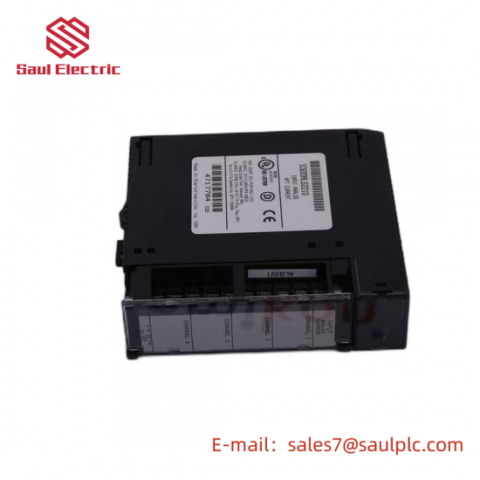

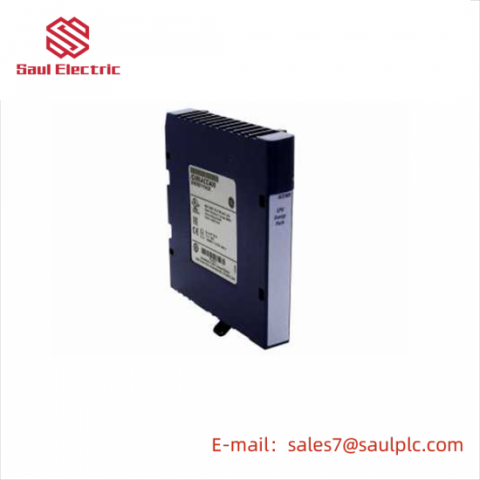
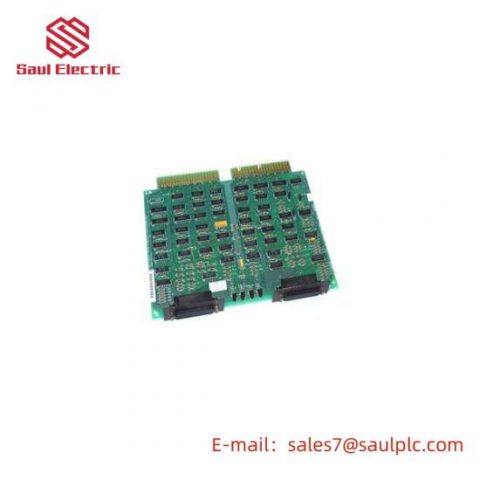
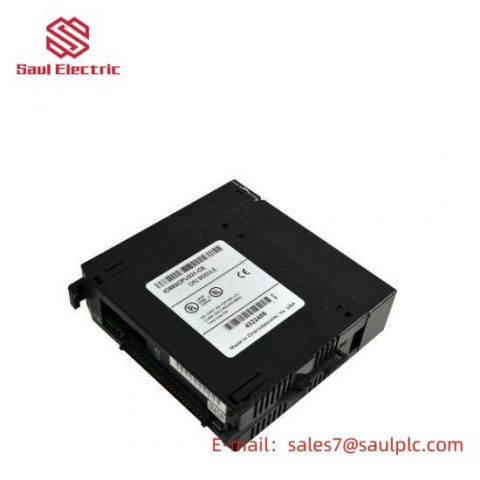
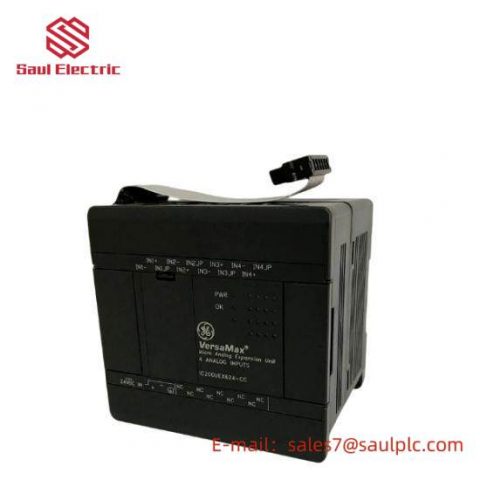
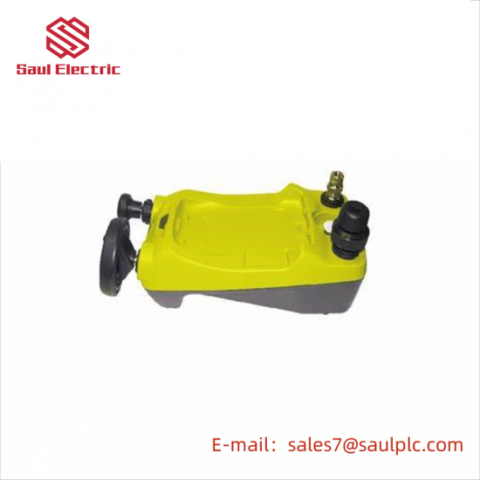
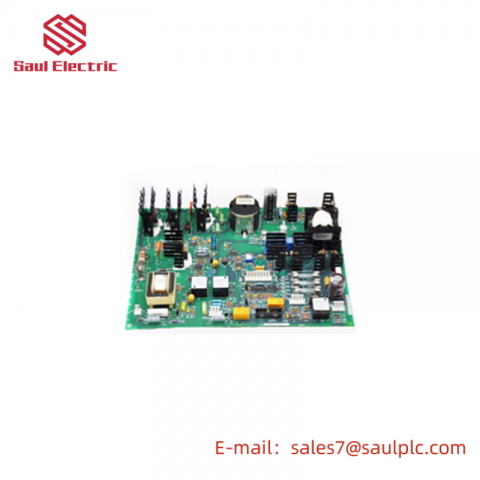
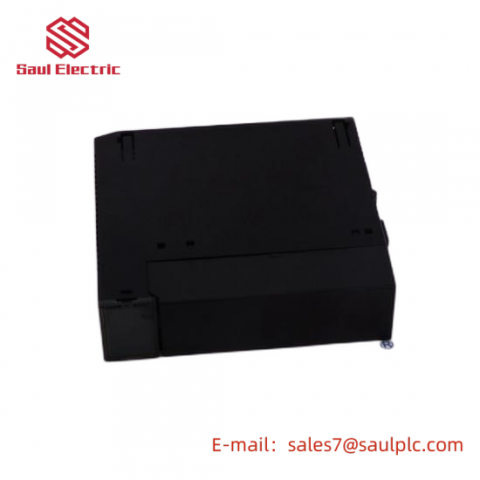
There are no reviews yet.